Preferred Return Vs Cash Flow
Preferred Return Vs Cash Flow

Lately, I have been receiving more questions about the difference between preferred returns and cash on cash returns. Some investors are confused about the implications of preferred returns on cash flow and erroneously believe that an 8% preferred return means that they are expected to receive 8% cash on cash distributions. A preferred return is simply a partnership structure which provides investors a minimum rate of return prior to sharing any profits with the sponsor via a promote. This does not mean that preferred returns stipulate a minimum level of cash flow distribution. Meanwhile, cash on cash return projections are the actual forecasted cash flows.
For example, an investment opportunity could have an 8% preferred return but the average cash on cash over the projected hold period is only 6%. This has become the reality for most deals these days which is why more investors have been bringing up this question about preferred returns and their relation to cash on cash.
An important point of focus for deals with cash flow less than the preferred return is the compounding nature of the preferred return. When deals cash flow at or above the preferred return, whether the preferred return is compounding is mostly irrelevant. However, in today’s lower cash flow environment, this nuance comes into play since there is a shortfall between the preferred return and cash flow distributions. With a compounding preferred return, shortfalls accrue and compound which essentially means the shortfall amount earns interest at the preferred return rate, yielding more returns for investors and protects them from paying more promote than they should.
A compounding preferred return is standard in the institutional world but far less common in the syndication space. Compounding makes sense because it effectively “penalizes” the sponsor for not hitting the preferred return on a cash flow basis and ensures investors are compensated on a “time value of money” basis. Upon refinance or sale, the preferred return shortfall will be caught up (to the extent there is enough proceeds) including the amount for compounding.
Even development deals, which don’t produce cash flow for the first few years, usually have a compounding preferred return. Again, this helps compensate investors for waiting for their returns. For example, a 16% IRR development which produces zero cash flow is going to have a higher equity multiple than a 16% IRR value-add deal which produces 8% cash on cash throughout the hold period. The less cash flow a deal has, the harder it is to achieve a higher IRR.
One of the reasons for this is the relationship between cash flow and its treatment in the IRR calculation. The IRR calculation assumes that cash flow is reinvested at the IRR rate, which is unlikely to be the case especially on a short-term basis. This calculation methodology inflates the actual returns, which is why it is important to evaluate a deal based on more than IRR (such as equity multiple, average and yearly cash on cash, and yield on cost).
To solve for this calculation “issue”, some opt to use MIRR (modified internal rate of return), which is an Excel function which allows the user to make a separate reinvestment rate assumption for the IRR calculation. For example, you could assume that cash flow is reinvested at 8% rather than at 16%, the hypothetical IRR. However, very few people actually use this calculation in practice. IRR remains the overwhelmingly number one return calculation method, despite its shortcomings, because of its universal nature. It is the easiest way to compare investments across all asset classes and instruments.
Another nuance regarding the preferred return is whether it is subject to a return of capital. In the institutional space, all preferred returns include not just a compounding minimum rate of return, but also a 100% pay back of the investors’ originally invested capital. This means that the sponsor’s promote (profit participation / performance compensation) doesn’t kick in until investors receive their original investment back plus an 8% compounded return. This is the standard deal structure explanation I give for every deal we share with investors.
However, most syndications are not structured this way. Instead, there is something called a “cash flow promote” which means the sponsor is able to earn promote on any cash flow above the preferred return, bypassing the return of capital requirement. While this is unfavorable for investors, in reality this does not come into play much since, as discussed above, the vast majority of deals do not produce cash flow in excess of the preferred return.
To recap, preferred returns don’t imply cash on cash returns so investors seeking to understand an investments cash flow projections should focus on average and yearly cash on cash. However, all investors should be interested in the preferred return rate as well as the fine print regarding compounding and the order of return of capital and promote. And as a final and obvious point, an investment opportunity which does not offer any preferred return is highly uncompetitive and should be viewed skeptically as it is likely a situation where the sponsor is looking to take advantage of investors.
